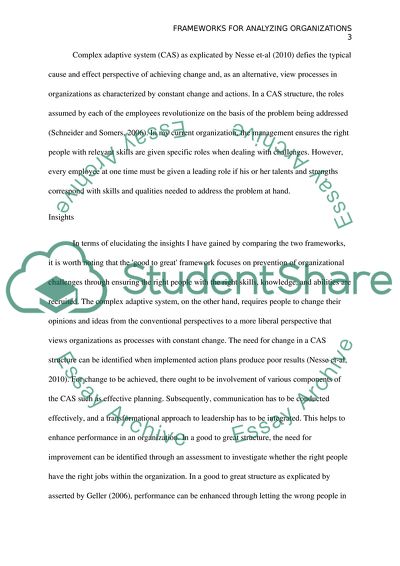Not Found (#404) - StudentShare. https://studentshare.org/medical-science/1853951-the-complex-adaptive-systems-and-the-good-to-great-framework
Not Found (#404) - StudentShare. https://studentshare.org/medical-science/1853951-the-complex-adaptive-systems-and-the-good-to-great-framework.


